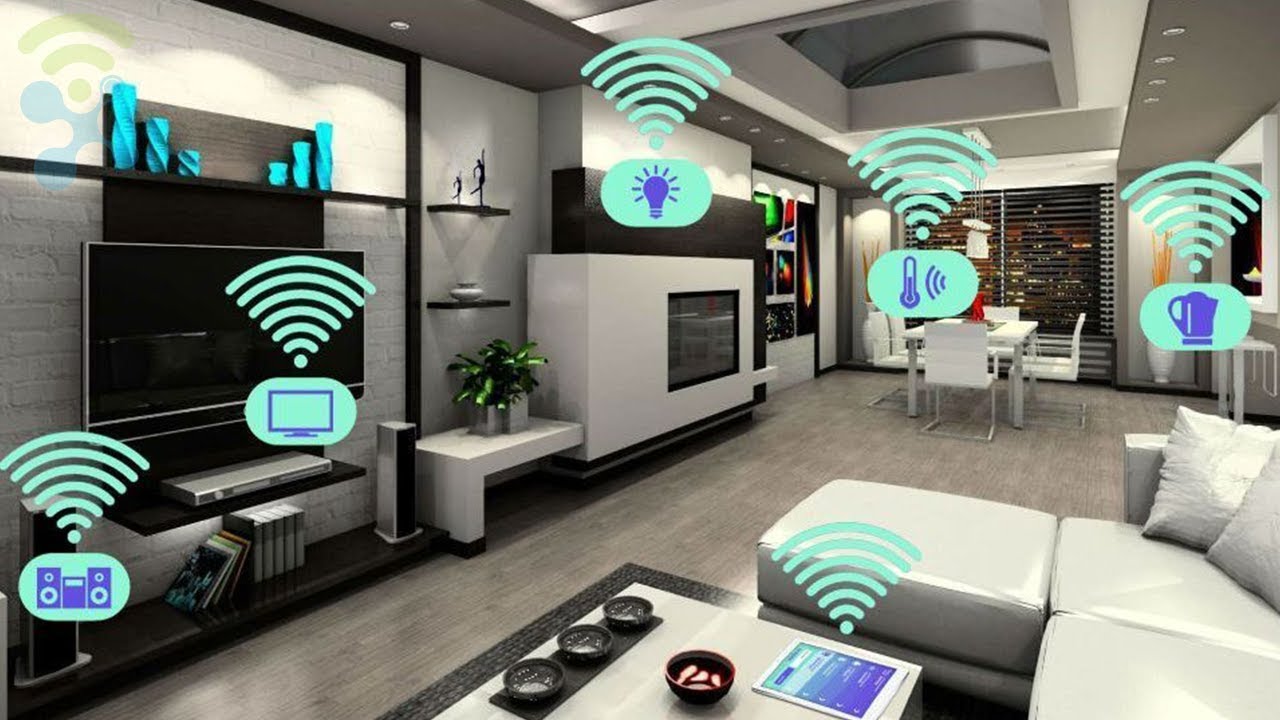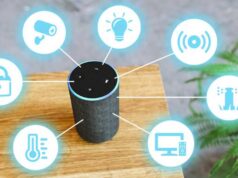Smart home technology has revolutionized the way we interact with our living spaces. With the rapid advancements in technology, the next generation of smart home tech promises even greater integration, connectivity, and automation. In this article, we will delve into the cutting-edge developments that are reshaping the way we live and interact with our homes.
The Evolution of Smart Home Technology
The journey of smart home technology began with early concepts and pioneering devices. From simple automation systems to the integration of artificial intelligence (AI) and machine learning, smart homes have come a long way. Today, voice assistants like Amazon Alexa and Google Assistant have become commonplace, allowing users to control their homes with simple voice commands. Moreover, interconnected ecosystems of smart devices provide seamless integration and offer a holistic approach to home automation.
Cutting-Edge Smart Home Devices
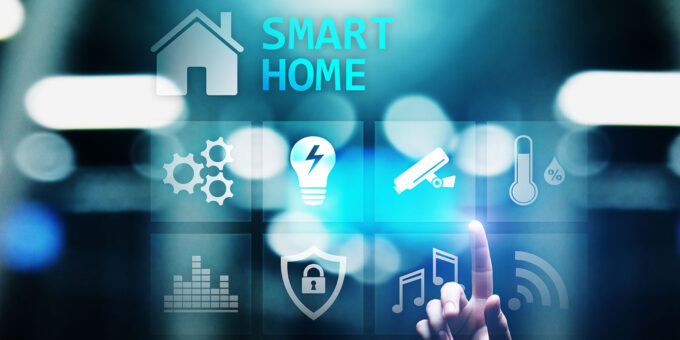
The next generation of smart home tech and smart gadgets encompasses an array of innovative devices. Smart thermostats and energy management systems enable homeowners to optimize their energy consumption and reduce costs. Advanced home security and surveillance systems provide enhanced protection with features like facial recognition and real-time alerts.
Smart home tech can adjust the lighting and temperature to create a welcoming ambiance. Alt tag: smart thermostat on the wall
Intelligent lighting systems and automated blinds offer personalized lighting and energy-efficient solutions. Smart appliances and kitchen technologies streamline everyday tasks, while health and wellness-focused devices promote a balanced lifestyle.
Enhanced Connectivity and Integration
One of the key elements of the next generation of smart home tech is enhanced connectivity. Internet of Things (IoT) integration and smart hubs act as the central nervous system of the smart home, connecting various devices and enabling seamless communication. Standards and protocols ensure interoperability among devices from different manufacturers. Cloud-based control allows users to access and manage their homes remotely, offering convenience and peace of mind. Integration with wearables and mobile devices further extends the control and monitoring capabilities of smart homes.
Advancements in User Experience
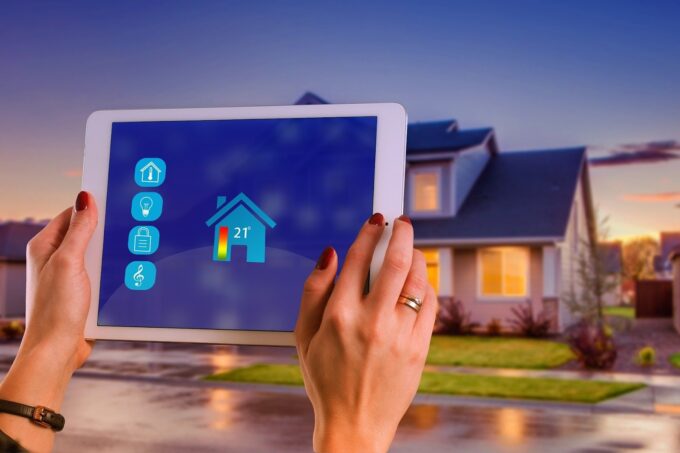
The next generation of smart home tech focuses on delivering a superior user experience. Voice and gesture control interfaces eliminate the need for physical interactions, making it effortless to operate smart devices. Personalization and adaptive technologies ensure that the smart home adapts to the user’s preferences and behavior.
Artificial intelligence-driven automation and predictive capabilities anticipate the user’s needs, creating a more intuitive and efficient environment. User-friendly mobile apps and intuitive interfaces simplify the management of smart homes, making them accessible to users of all technical backgrounds.
Addressing Security and Privacy Concerns
As smart home technology becomes more prevalent, addressing security and privacy concerns becomes paramount. Safeguarding data protection and privacy is crucial in an interconnected environment. Encryption and authentication measures protect sensitive information from unauthorized access.
Enjoy features like facial recognition and real-time alerts. Alt tag: a person wearing a smartwatch
Regular vulnerability management and firmware updates ensure that devices remain secure against emerging threats. Also, smart technology is now making our homes more secure, convenient, and efficient. User awareness and adoption of best practices contribute to a safer smart home ecosystem.
Installing smart home features after the move
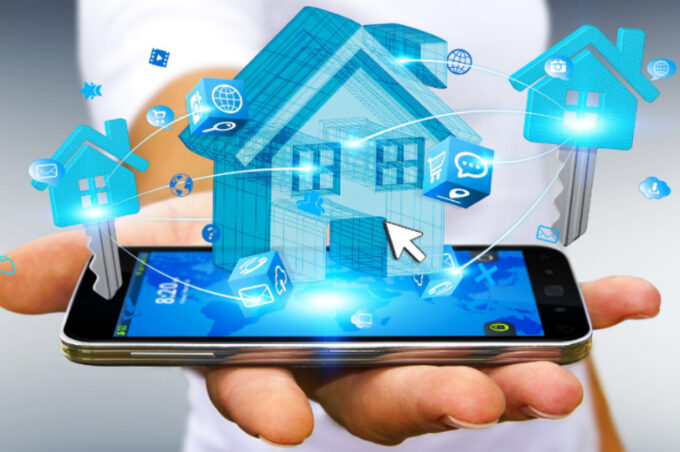
After the hectic process of moving into a new home, installing smart home features can significantly enhance the overall living experience. With smart home technology, unpacking and settling in becomes more streamlined as you can control various aspects of your home with ease. Imagine arriving at your new home and effortlessly adjusting the lighting and temperature to create a welcoming ambiance, all with a few taps on your smartphone. Smart home solutions can also help you save space in smaller rooms.
Smart home technology helps save space by consolidating devices, offering smart lighting solutions, providing wireless audio systems, featuring compact appliances, and incorporating voice-activated assistants. These advancements allow for streamlined setups, eliminating the need for multiple remotes, bulky switches, tangled wires, and large stereo equipment. In case you still don’t have enough room for all your belongings, experts from City Movers suggest looking for a rental unit.
How much will it cost?
When considering the installation of smart home technology, it’s important to factor in the associated costs. While the initial investment may vary depending on the scope and complexity of your desired system, the long-term benefits can outweigh the expenses. Here are some points to consider regarding the cost of installing smart home tech:
- Upfront Investment: Smart home devices and systems typically require an initial investment for purchasing the necessary equipment, such as smart thermostats, security cameras, lighting fixtures, and smart hubs.
- Installation Costs: Some devices may require professional installation, which can add to the overall expenses. However, many smart home devices are designed for easy DIY installation, reducing installation costs.
- Scalability: The cost of a smart home system can vary based on the size and complexity of your home. Adding more devices or expanding the system in the future may incur additional costs.
- Energy Savings: Smart home tech can lead to long-term cost savings by optimizing energy consumption. Energy-efficient devices like smart thermostats can help reduce heating and cooling expenses, resulting in lower utility bills over time.
- Insurance Discounts: Some insurance providers offer discounts for homeowners who have installed smart home security systems, which can help offset the initial investment.
- Long-Term Value: Investing in smart home tech can increase the overall value of your home. It can be an attractive feature for potential buyers if you decide to sell your property in the future.
Smart appliances and kitchen technologies streamline everyday tasks. Alt tag: smart kitchen gadget
While the upfront costs may seem significant, the potential energy savings, added convenience, increased security, and potential long-term value make the investment in smart home technology worthwhile for many homeowners. In other words, smart home tech is one of those investments that pay off and will increase your home’s value in the long run.
The Future of Smart Home Technology
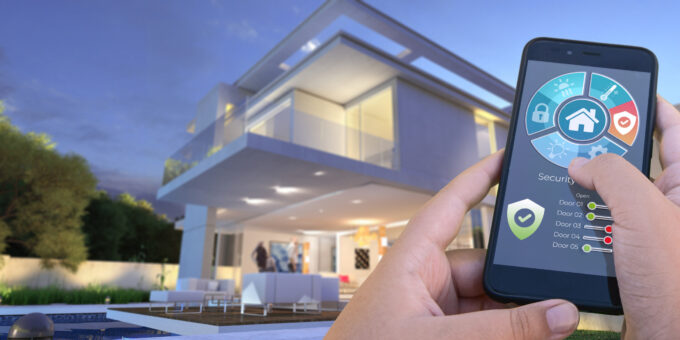
Looking ahead, the future of smart home technology is brimming with possibilities. The emergence of 5G technology will unlock faster and more reliable connectivity, enabling seamless communication between smart devices. Smart homes will integrate with smart cities, promoting sustainable living and optimizing resource usage. Augmented reality (AR) and virtual reality (VR) will transform the way we interact with our homes, allowing us to visualize and customize our spaces.
Conclusion
The next generation of smart home tech holds immense promise for the future of living spaces. With advancements in connectivity, integration, user experience, and security, smart homes are becoming more sophisticated, efficient, and personalized. As consumers, it is crucial to embrace the potential benefits of smart home technology while remaining mindful of privacy and security considerations. By exploring and adopting these innovations, we can shape a more connected, convenient


